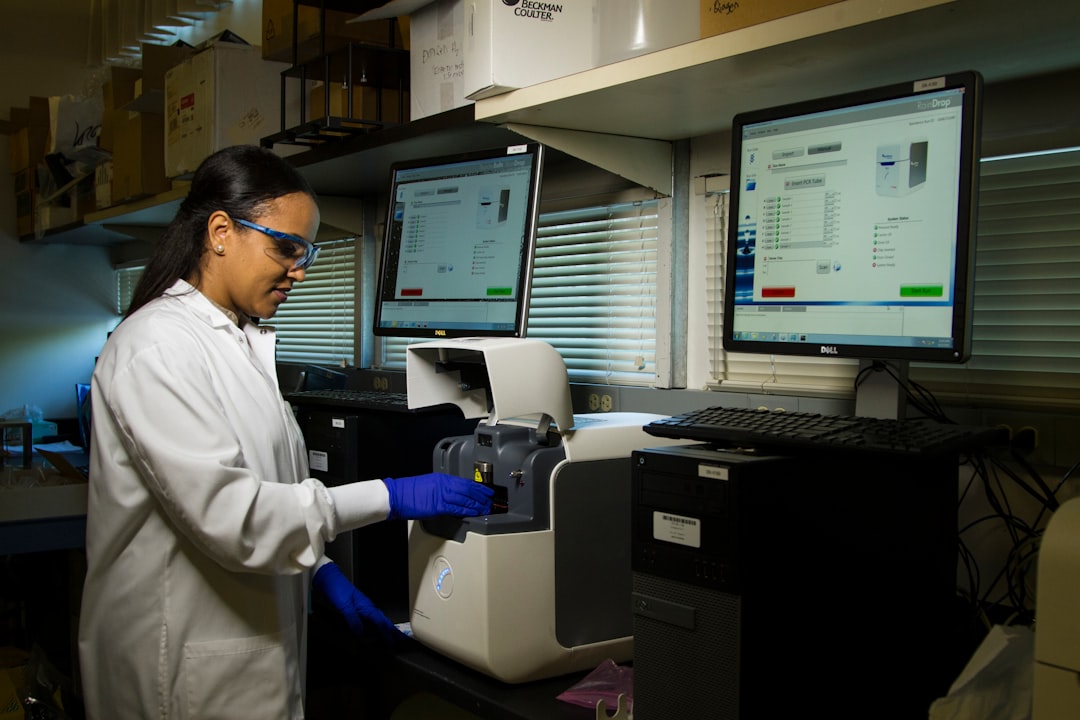What is it about?
Hsc70t is a member of the Hsp70 family of genes and is constitutively expressed after meiosis in mouse spermatogenesis. Immunohistochemistry and in situ hybridization techniques were used to examine the precise localization of the Hsc70t product during the various stages of spermatogenesis. A rabbit antiserum raised against the mouse Hsc70t-lacZ fusion protein detected the Hsc70t protein in the late spermatid-enriched fraction after two-dimensional Western blot analyses. On histological sections, the protein appears in the cytoplasm of spermatids as they progress from step 9 to the final step of spermatogenesis. An antisense RNA probe generated from the 3′ untranslated region of Hsc70t cDNA detected Hsc70t mRNA in late round spermatids from step 7 onward with the signal disappearing in spermatids at step 15. Thus, Hsc70t mRNA first appears after meiosis in haploid cells but is not translated effectively until these cells progress to the transcriptionally inactive stage which coincides with chromatin condensation. These results establish that the synthesis of Hsc70t protein is under strict translational control.
Featured Image
Read the Original
This page is a summary of: TheHsp70 homolog gene,Hsc70t, is expressed under translational control during mouse spermiogenesis, Molecular Reproduction and Development, April 1999, Wiley,
DOI: 10.1002/(sici)1098-2795(199904)52:43.0.co;2-z.
You can read the full text:
Contributors
The following have contributed to this page










